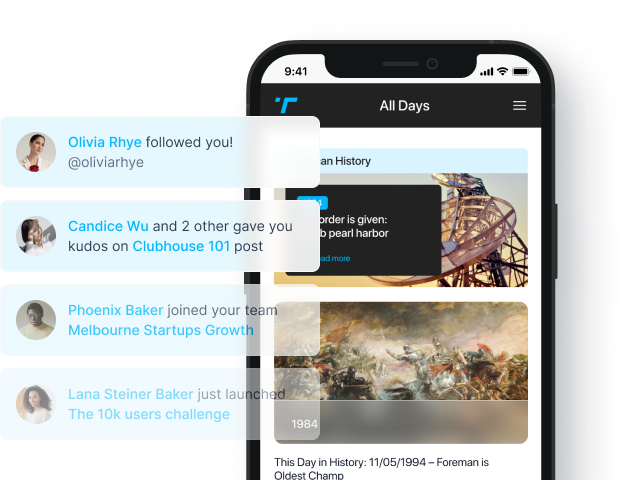Flashback to December 30
American History

On March 16, 1926, a pivotal moment in the history of space exploration took place in Auburn, Massachusetts. Robert Goddard, an American physicist and engineer, successfully launched the world’s first liquid-fueled rocket. This groundbreaking achievement not only paved the way for future space exploration but also revolutionized the field of rocketry. Let’s delve into the details of this historic event and its significance.
Prior to Goddard’s invention, rockets primarily used solid propellants, which limited their duration and range. Goddard, however, envisioned a new type of rocket that could be fueled by liquid propellants, offering greater efficiency and control. After years of research and experimentation, he finally realized his vision on that fateful day in Auburn.
Goddard’s rocket design consisted of a cylindrical combustion chamber, with one end tapering into a nozzle. It was powered by a combination of gasoline and liquid oxygen, a combination that provided increased thrust and improved performance. This innovation allowed the rocket to achieve a maximum altitude of 41 feet and a flight duration of only 2.5 seconds. While the numbers may seem modest by today’s standards, the significance of this achievement cannot be overstated.
One of the key advancements of Goddard’s liquid-fueled rocket was its ability to be steered during flight. By introducing gyroscopes and movable vanes to control the direction of thrust, Goddard showcased the potential for rockets to be guided and controlled. This breakthrough laid the foundation for future developments in space exploration and made it possible for rockets to travel longer distances with increased precision.
Goddard’s launch in Auburn, Massachusetts, was met with mixed reactions from the public and the scientific community. Some saw the immense potential of his invention and recognized its significance for space exploration. Others, however, were skeptical and dismissed his work as mere fantasy. Regardless of the initial reception, the launch marked a turning point in the history of rocketry.
The success of Goddard’s liquid-fueled rocket set off a chain of events that would ultimately lead to the space age. His innovative ideas sparked the interest of other scientists, leading to further advancements in rocket technology. Many of Goddard’s concepts, such as using liquid propellants and thrust vectoring, are still utilized in modern rocket designs.
Goddard’s pioneering work eventually caught the attention of the U.S. military and NASA. His research became the basis for the development of rockets used in World War II and the subsequent space programs. Today, liquid-fueled rockets continue to be a crucial component of space exploration, enabling us to reach new frontiers and push the boundaries of human knowledge.
In recognition of his contributions, Robert Goddard is often referred to as the “Father of Modern Rocketry.” His dedication, perseverance, and unwavering belief in the potential of rockets revolutionized the field and laid the groundwork for future space exploration endeavors.
The historic launch of the first liquid-fueled rocket in Auburn, Massachusetts, on March 16, 1926, marked a significant milestone in the history of space exploration. Robert Goddard’s groundbreaking achievements paved the way for the development of modern rocket technology and opened up new horizons in our understanding of the universe. His legacy lives on in every rocket that propels us closer to the stars.
We strive for accuracy. If you see something that doesn't look right, click here to contact us!
Sponsored Content

FDA announces a ban…
The U.S. Food and…

Gadsden Purchase: The United…
On December 30, 1853,…

US Attorney General John…
On December 30, 2003,…

American Metrological Society forms…
On December 30, 1873,…

The United Auto Workers…
Experience the monumental day…

After gold discovery in…
"On December 30, 1835,…

